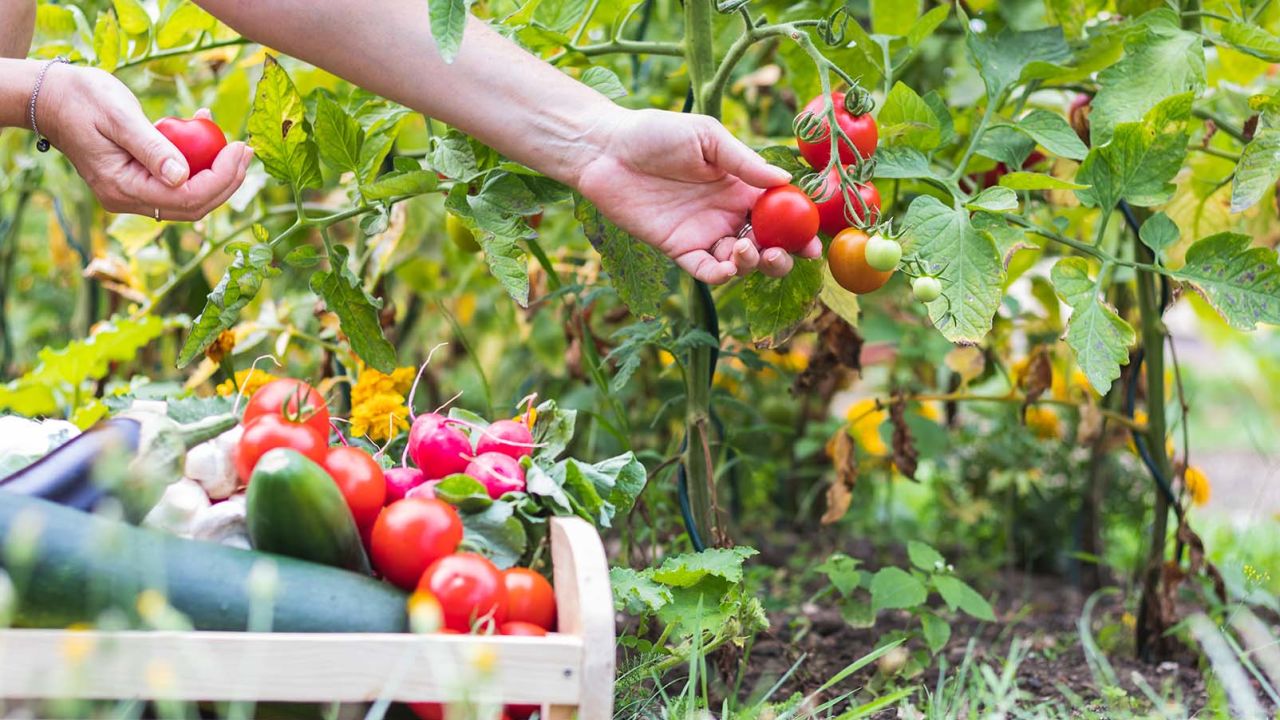Growing Self-confidence: Newbie Gardening Hacks for Plant Fanatics
Wiki Article
From Amateur to Green Thumb: A Step-by-Step Journey With the Art of Gardening
:strip_icc()/person-raking-soil-89bf9d8a-febbfed23dec4038afc89777723f9404.jpg)
Comprehending Your Gardening Space
To start your horticulture journey, it is necessary to comprehend the special features and restrictions of your horticulture space. Are there any particular difficulties you may deal with, such as inadequate dirt high quality or restricted water schedule? Comprehending these elements will certainly aid you make educated decisions regarding the kinds of plants that will thrive in your space.Think about the size of your gardening location. You might need to focus on container horticulture or upright gardening to maximize your growing location if you have a little room. On the other hand, if you have a huge room, you have the deluxe of planting a variety of plants and developing different areas within your yard.
Next, assess the quantity of sunshine your room receives. This will identify which plants will certainly thrive and which ones might battle. You can opt for shade-loving plants like ferns or hostas if your space is shaded. If your space obtains complete sunlight, you can expand a variety of plants, including vegetables, natural herbs, and flowers.
Last but not least, think about any type of obstacles or restrictions certain to your space. If your dirt quality is inadequate, you may require to amend it with garden compost or select plants that are forgiving of less-than-ideal conditions. If water is scarce, you can choose drought-tolerant plants or apply water-saving methods like mulching.
Choosing the Right Plant Kingdoms for Your Yard
Select plants that are appropriate to your yard's distinct problems and your individual preferences. When selecting plants for your yard, it is vital to consider aspects such as sunshine, dirt type, and climate. Some plants like well-drained dirt, while others grow in moist or clay-like dirt.It's also worth considering the upkeep level of the plants you select. Some plants require even more care and interest, while others are much more low-maintenance.
Preparing the Soil for Planting
First, assess the condition of your soil to identify if any type of improvements or amendments are needed. The top quality of your dirt is critical for the success of your yard. Beginning by inspecting the structure of the soil. Is it sandy, loamy, or clayey? Sandy dirt drains pipes promptly, while clayey dirt maintains water. Fertile soil is the perfect balance in between the 2. Next, check the pH degree of your dirt. Many plants choose a slightly acidic to neutral pH, around 6.0 to 7.0. You might need to readjust it utilizing soil modifications such as lime or sulfur if your dirt is too acidic or alkaline. In addition, you must think about the nutrient web content of your soil. Conduct a soil check this examination to identify if any kind of necessary nutrients are lacking. This will help you make a decision which fertilizers or natural matter to add. Make sure that your dirt check this site out is well-draining. Badly drained soil can cause waterlogged origins and other plant health and wellness issues. If essential, enhance water drainage by adding natural matter like garden compost or peat moss. By analyzing and making required modifications to your soil, you can produce an optimum environment for your plants to flourish.Nurturing and Maintaining Your Garden
Make sure to water your plants deeply, permitting the water to permeate the dirt and reach the origins. Routine weeding is additionally crucial to keep your yard free from undesirable plants that compete for nutrients and room. Frequently inspect your plants for any type of signs of invasion or illness and take instant activity to avoid more damage.Troubleshooting Common Horticulture Issues
If you discover eaten fallen leaves or plants that are wilting for no noticeable reason, you may have a bug invasion. If this page your plants have actually yellow or tarnished leaves, they might not be getting enough nutrients. Eliminate influenced plants and treat the continuing to be ones with natural fungicides or chemicals.Conclusion
Congratulations! You have actually efficiently finished the journey from beginner to environment-friendly thumb in the art of gardening. By recognizing your gardening area, picking the right plants, preparing the soil, and nurturing your yard, you have actually conquered usual horticulture issues like a pro. Currently, equipped with knowledge and experience, you prepare to appreciate the appeal and wealth of your thriving garden. Maintain up the magnum opus and remain to grow your environment-friendly thumb!
When picking plants for your garden, it is important to take into consideration aspects such as sunlight, dirt type, and environment. Some plants like well-drained soil, while others grow in damp or clay-like dirt (newbie gardening). By understanding your horticulture space, picking the right plants, preparing the soil, and supporting your garden, you have actually gotten rid of common horticulture issues like a pro
Report this wiki page